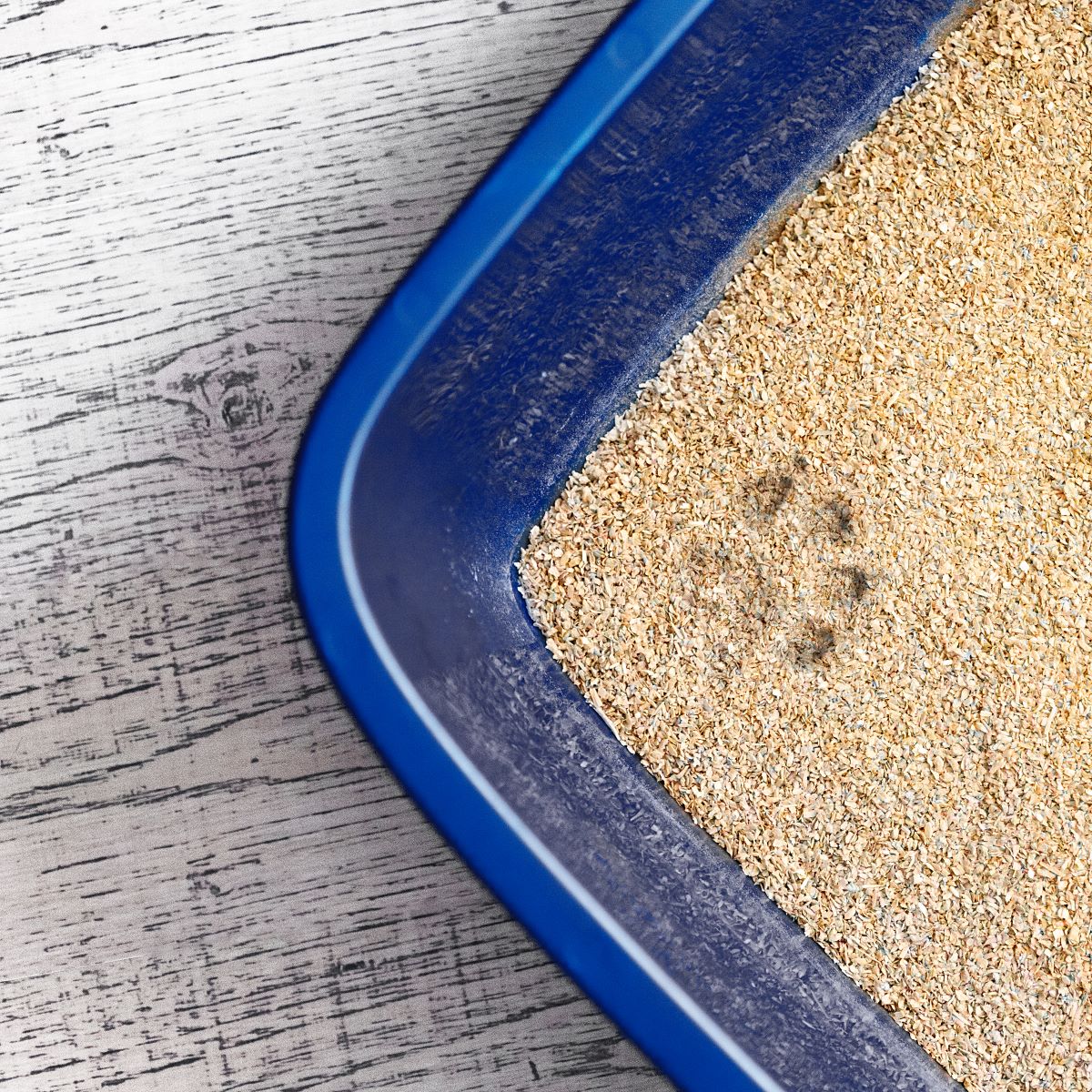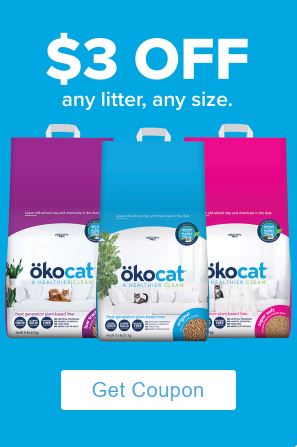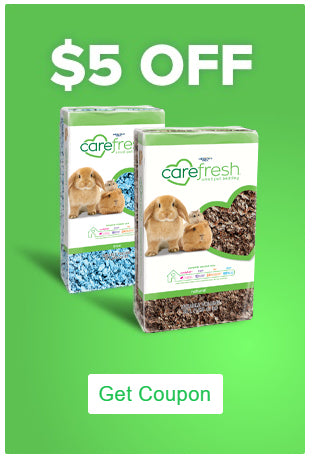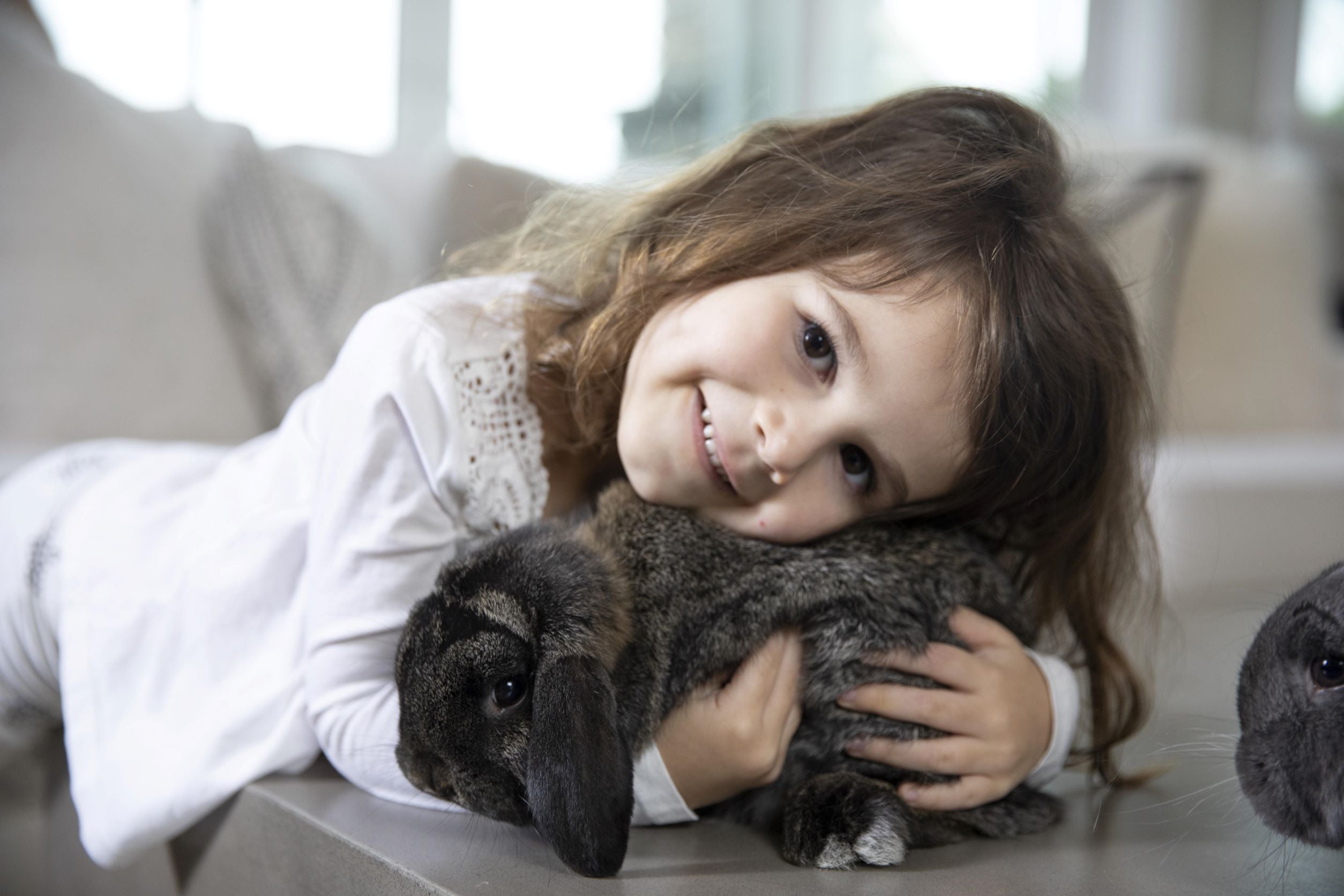Creating a Stylish, Pet-Friendly Home Without Sacrificing Your Sofa and Your Sanity
If you share your home with a wagging tail or a pair of muddy paws, you already know the struggle — your living room can go from Pinterest-worthy to chaos in seconds. And if you also have little kids, your couch might be holding on for dear life.
But the good news? You don’t have to choose between a stylish home and a functional one. Small changes can make a big impact, especially when they combine smart protection and easy care.
Mamma Mia Covers is a brand many pet parents are turning to. Designed with high-stretch, breathable fabrics and Italian-inspired patterns, these slipcovers are more than just practical — they’re actually pretty. Instead of scrubbing daily or tossing a blanket over the couch, just pop the cover into the wash and enjoy a fresh space every time.
The Reality of Living with Pets and Kids and Tips to Handle This
Dogs don’t wipe their paws, and kids never stop snacking on the sofa. Leather gets scratched, upholstery absorbs every scent, and fur finds its way into the seams. Trying to keep everything clean can feel like a full-time job. That’s why building a pet- and kid-friendly home is about prevention — not just cleanup.
Here are some low-effort, high-reward ways to keep your home looking polished while still being livable.
1. Swap the Cover, Not the Sofa
Your couch takes the most abuse. Instead of replacing it, cover it. Quality slipcovers from Mamma Mia Covers fit snugly thanks to the patented WavyProof™ and WavyTech™ technologies, so they don’t look like an afterthought. They stretch to fit various sofa sizes, and the anti-slip inserts keep them in place, even with dogs jumping on and off.
They’re made with OEKO-TEX® certified fabric, which means no harmful substances — safe enough for newborns, and tough enough for a Labrador. Machine washable and built to handle 200+ washes, they’re ideal for families who want low-maintenance solutions without sacrificing style.
2. Rethink Rugs and Floor Choices
While hardwood floors are beautiful, they’re slippery for older dogs and prone to scratches. Soft, low-pile rugs or indoor-outdoor styles can warm up the room while giving pets a place to relax. Look for stain-resistant options with non-slip backings to avoid accidents — literal and figurative.
Layering machine-washable rugs under the main furniture areas has made a big difference. It's a simple way to stay calm when muddy paws come charging in.
3. Keep Decor Functional
Forget fragile coffee table styling. When you live with pets or kids, décor needs to multitask. Storage ottomans hide toys and leashes, baskets keep throw blankets off the floor, and wall-mounted shelves save your favorite candles from curious noses and toddler hands.
Try switching to washable throw pillow covers and durable accent pieces that don’t mind a bit of rough handling. Cotton, microfiber, polyester, or performance fabrics will hold up better than silk, especially in rooms where your pets like to lounge.
4. Add Protection Where It Counts
Beyond the couch, think about areas that get frequent wear: armchairs, dining chairs, mattresses, and play areas. Reusable, waterproof covers or blankets can add a layer of protection while blending in with your decor.
Some families keep a soft, waterproof dog blanket on the bed or backseat, just in case. Such accessories help to protect your dog's favorite nap spot, and blend easily with your home décor. But more importantly, they save the upholstery and peace of mind, after every muddy walk.
5. Think Ahead with Easy-Care Materials
Fabrics matter. Linen looks great but snags and stains easily. Velvet adds a luxe vibe but may trap fur. When choosing textiles, aim for tightly woven, breathable materials that are durable and low-maintenance. Microfibers, cotton blends, or recycled polyesters are solid options for family homes.
This doesn’t mean your home has to look bland. Mamma Mia Covers offers patterns that range from neutral textures to bold prints, so you can match your vibe without worrying about wear and tear.
Making Home Comfortable for Everyone
Creating a space where kids and pets can be themselves without turning your living room into a disaster zone doesn’t require a full renovation. It just takes a few smart choices. Protective slipcovers, washable decor, and functional furniture help your home stay clean and beautiful with minimal effort.
It’s about balance. You don’t need to give up your sense of style just because your life includes a shedding dog, an active toddler, or both. With the right tools, you can protect your space, express your style, and still feel like your home is a place to relax — not just clean.
Read MorePet Glow-Ups: Making Your Furry Friends Look Like Superstars in Photos
Some animals already behave like celebrities—commanding your attention, posing for photos, and even side-eying you when you don't get the shot just right. But what if your pet's celebrity status could be elevated? With intelligent photo editing software, your cat would seem to have just emerged from a Vogue shoot, and your dog would look like it's ready for its own movie poster.
Enter Pippit, the do-it-all creative platform that simplifies pet photo makeovers (and fun) than ever before. Add on features like an AI clip maker, and you're no longer just taking pictures—you're creating a full-fledged highlight reel of your furry sensation.
Let's take a look at how you can create Instagram-famous magic from whiskers, wagging tails, and pint-sized paws.
Why pets should be treated like celebrities
Pets are more than simply animals. They are comedians, therapists, family members, and occasionally even roommates who sneakily consume your munchies. Celebrating their individuality through photographs is more important than merely enhancing their appearance.
• A glowing-eyed cat with fantastical surroundings turns into a magical protector.
• Even a hamster can become a space traveler by using a cosmic filter
• A dog in golden-hour lighting appears to be the main character in a road trip movie.
To put it briefly, pet photo editing lets you showcase your pet's inner celebrity.
Cinematic atmosphere for cats and dogs
Highlight on fur
Sparkling fur is like a red-carpet dress for pets. Through brightness and detail enhancement, each whisker or tail flick is sharp and cinematic.
Dreamy landscapes
A mundane living-room photo can be promptly promoted to:
• A field of sunflowers for a golden retriever's grin
• A neon cityscape for a moody black cat
• A castle interior for your bunny that obviously thinks it's royalty
Funny additions that make pets stand out
Added text and stickers
Add text such as 'Drama Queen' or 'Chief Mischief Officer' to accentuate their personalities. Stickers—paw prints, crowns, speech bubbles—can make even a nap photo go meme.
Correcting lighting errors
Pets adore mess, which is why photos usually turn out fuzzy, dark, or poorly angled. A simple tweak with brightness, sharpness, and contrast takes the photo from 'Oops' to 'Wow.'
When your pet is essentially a movie star
If one photo is not sufficient to convey your pet's personality, that's where creativity goes wild. With video editing coupled with stills, you can build reels and trailers that demonstrate your pet's personality swings—from sleepy mornings to zoomie-filled evenings. And in case you've cut a video too lengthy, an online video cutter guarantees that your work of art is perfectly on social media.
There are countless paw-sibilities: transforming tweaks into narratives
The goal of a pet photo glow-up is to tell a story that seems larger than life, not merely to shine the fur and light the eyes. Whether it's a medieval fantasy, a sci-fi steeped in neon, or a charming romantic comedy, your pet can become the protagonist of their own epic with the correct adjustments. Their peculiarities are captured by the camera, and the edits turn them into a compelling story. Consider this:
• Your golden retriever isn't just catching a frisbee; it's flying through the sky, cape fluttering like the world's fluffiest superhero.
• Your hamster isn't running in a wheel; it's piloting a spaceship, embarking on interstellar adventures.
• Your cat isn't just relaxing on the couch—it's ruling from a velvet throne in a candlelit castle; it's a lot more.
The best glow-up tool: Image enhancer online
Sometimes, a single click is all that's needed. A free image enhancer online can upgrade the resolution of your pet photo, remove graininess, and render fur texture sharper than before. It turns that fuzzy photo of your dog running into a crystal-clear action shot fit for the cover of a superhero poster.
How to make pet photos shine with Pippit
Alright, let's get real. If you need to provide your furry pal with the glow-up they so rightfully deserve, here's how Pippit makes it hilariously simple.
Unleash the star power in 3 fun steps
Step 1: Upload your images
Go to Pippit's image upscaler, select Image Studio from the left panel, and go to Upscale Image. Upload your pet's photo from your device or upload directly to the Image Editor. Under Smart Tools, select Image Upscaler and begin the magic.
Step 2: Upscale and edit your images
Time to play! Use Retouch to soften fur or open eyes, Effects to add whimsical flair, or Low-Light Image Enhancer if your photo was taken during a midnight zoomies session. You can also add stickers, insert playful text, or create collages of your pet's silliest faces.
Step 3: Export your images
When your edits are paw-sitively perfect, click Download All. Choose your format and size and save the masterpiece. Then, unleash it on Instagram, hang it on your wall, or turn it into custom merch. Your pet's stardom awaits.
Beyond Instagram: Pet photos with personality
Photo glow-ups aren't just for likes. They can be:
• Birthday invitations with your cat as the host
• Holiday cards featuring your dog in a Santa hat
• Posters for your hamster's fictional rock band tour
With features like Pippit, editing is more storycraft than polishing pixels.
From paw-traits to paw-stars
Your animal is already the star of your existence—why not the star of your feed as well? With Pippit's edit tools, you can turn casual snaps into art that captures their sass, sweetness, and spirit. Add playful edits to your photos, experiment with cinematic backgrounds, and even build short highlight reels with features like the AI clip maker.
Ready to give your pooch the glow-up they've been waiting for? Visit Pippit today, begin editing, and let the world meet the superstar in your living room.
Read MoreEnjoy Your Vacation and Keep Your Pet Safe With These Simple Tips
Photo source: https://pixabay.com/photos/dog-car-traveling-pet-driving-4929648/
Planning a vacation is often an exciting endeavor, filled with thoughts of relaxation and adventure. For pet owners, however, the joys of travel can sometimes be overshadowed by concerns about their furry companions. Ensuring your pet's safety and comfort during your time away is not just a matter of planning; it's a crucial part of the travel experience. Whether you choose to bring your pet along or leave them in capable hands, following some key tips can make all the difference in keeping your pet safe and stress-free while you enjoy your getaway. Making informed decisions regarding your pet's care will allow for a more enjoyable vacation experience.
Traveling with Your Pet: Preparation is Key
It’s important to start by acclimating your pet to the travel environment. For pets who are not used to being in a vehicle or on a plane, short practice trips can help ease them into the process, making longer journeys far less stressful for both of you. It's important to check your chosen mode of transport for any specific pet policies or requirements. Many airlines, for example, have distinct stipulations, including kennel sizes, health certificates, and fees. Knowing this information will help you avoid surprises on departure day. Some airlines offer Pet Friendly Jet Charters services that prioritize your pet's comfort and safety throughout their journey, so it may be worth exploring those options as well. If you decide to take your pet along on your vacation, it’s vital to prepare well in advance.
Temporary Homes: Choosing the Right Care
If traveling with your pet is not feasible due to destination or travel conditions, selecting the right temporary caregiver is crucial. Research local boarding facilities or pet sitters who come highly recommended by friends or online reviews. Many pet owners find that in-home care is often less stressful for pets since they remain in their familiar surroundings. Whichever route you choose, ensure that your pet has all necessary vaccinations and medical records readily available. This step ensures the facility or sitter is equipped to handle any potential emergencies. Ask the provider about their emergency protocols; it’s imperative that they know how to respond should any issues arise while you’re away.
Health and Safety Considerations
Regardless of your travel plan, your pet’s health and safety should always be top priorities. Ensure they are up-to-date on vaccinations and have received a health check-up before traveling. Many locations require proof of vaccinations. Not having these documents can result in your pet being denied boarding or, worse, quarantine upon arrival. Consider your pet’s dietary needs. Introduce any new food slowly to avoid digestive issues, and always carry enough of your pet’s regular food for the duration of your trip. Dogs and cats may become anxious or sick if exposed to unfamiliar foods. Remember to pack a travel kit with essentials like their favorite toys, water, and any medications they require to keep them comfortable during the trip. For pets that exhibit anxiety during travel or in unfamiliar situations, consider consulting your veterinarian about potential calming aids.
Creating a Comfortable Environment
Whether your pet is on vacation with you or at a temporary caregiver, creating a comfortable environment is vital. Familiarize your pet with their surroundings upon arrival, and set up a designated space with their belongings, including bed, toys, and blankets. This creates a sense of security for pups and felines alike. Be observant of any behavior that may indicate stress and address concerns promptly; this might involve extra walks or playtime, particularly if they seem restless. While you may be away seeking adventure, ensuring that your pet is comfortable and happy will lift any worries you may have and enhance your travel experience, allowing you to enjoy the moments that vacation brings.
Photo source: https://unsplash.com/photos/person-in-gray-jacket-holding-white-and-brown-long-coated-small-dog-XHmYp9KDn9c
As you embark on your travel plans, whether with your pet or planning for their care, remember that a little preparation and attention go a long way. Following these tips will help mitigate risks and enhance your vacation experiences for both you and your pet.
Read MoreTop 5 Warning Signs It’s Time to Switch to a Chew-Resistant Pet Bed
Cats and small pets interact with their surroundings in all sorts of ways, such as scratching, chewing, digging, or kneading their bedding. While light nibbling or clawing may seem harmless, repeated damage often points to a bigger issue. Torn fabric, shredded filling, and scattered stuffing can be frustrating and may even create safety risks. If you’re dealing with constant bed damage, it might be time to consider a more durable, pet-safe option.
Many cat and small pet owners are discovering that a chew proof dog bed can also work brilliantly for their furry companions. These beds combine comfort with strength, making them ideal for pets that scratch, bite, or dig. Upgrading to one can prevent injuries, reduce the need for frequent replacements, and provide a safe, stable sleeping space.
1. Bed Lasts Only a Few Weeks
If your pet bed starts to break down within days or weeks, it’s more than just an inconvenience. Constantly replacing it adds expense and stress, and your pet never gets a dependable place to rest. Many standard beds use flimsy materials that can’t stand up to sharp claws, small teeth, or persistent digging. Cats and small pets sometimes scratch or chew out of habit or play. If the bed gives in easily, it may even encourage more destructive behavior. A sturdier bed helps break that cycle.
2. Loose Filling Found Around the House
Finding bits of stuffing or foam on the floor signals that the bed has been damaged. This is not just messy; it can be risky. Swallowed material may lead to digestive issues or even require veterinary care. Damage like this often happens when the bed has weak seams or poorly secured fabric. The result is a safety hazard for the pet and a constant cleaning job for the owner. A stronger bed helps prevent both problems.
3. Bed Damaged When Left Unsupervised
Some cats and small pets behave well when you’re around, but chew, scratch, or dig at their bed when left alone. This can be a sign of boredom, stress, or excess energy. Lightly built beds are most at risk during these quiet hours. A chew-resistant bed stands up better to unsupervised wear, keeping your pet safe and your home tidier.
4. Visible Damage Within the First Week
If seams split or fabric tears in just a few days, the bed clearly isn’t built for your pet’s needs. Persistent scratchers, kneaders, and chewers often target edges or corners, which quickly leads to larger rips. A chew proof bed designed with thicker fabric, reinforced stitching, and a stable shape can last far longer, even with daily use by cats and small pets.
5. Pet Prefers Sleeping on Hard Floors
If your cat or small pet keeps ignoring their bed and stretching out on the floor instead, it could be because the bed isn’t doing its job. Maybe the padding is too thin, the surface feels lumpy, or the bed slides around when they move. The floor might simply feel sturdier. A good chew-resistant bed has firm, supportive padding that holds its shape, so it feels comfortable and secure and gives your pet a spot they will actually want to curl up in.
When a bed wears out quickly, leaves stuffing scattered, or becomes a constant scratching and chewing target, it’s time for an upgrade. A chew proof dog bed may sound like it’s just for dogs, but it can be a perfect choice for cats and small pets too. It offers durability, safety, and long service life, helping you cut down on clean-up, protect your pet’s health, and give them a stable, comfortable place to rest.
Read MoreHow to Be a Responsible Pet Owner? – Rules to Follow
There is no better feeling than owning a pet. It might be a curious cat, a playful pup, or a chirping bird. In fact, if you have a pet, you start valuing companionship, happiness, and love. However, as a pet owner, you have some responsibilities as well.
Basically, having a pet is not merely about treats and cuddles. Rather, it is about you being responsible for your pet’s health, safety, and fulfillment. Hence, if you have a pet (or want to have one), you must be aware of some basic rules. This way, you will be able to take full responsibility for your pet.
Therefore, read on to get a better idea of how to become a responsible pet owner.
How to Be a Responsible Pet Owner? - Essential Steps
The following are the most important steps you must follow if you want to be a responsible pet owner:
1. Be Aware of the Pet Owner’s Commitment
Before you bring home a pet, you must be aware of the following essential truth:
Pets are not mere toys or temporary companions. In fact, you have to take care of them throughout their entire lifetime.
Some pets live for more than a decade (like cats and dogs). Hence, you have to look after them for that amount of time.
You must also provide for their daily care, veterinary visits, and emotional support.
Therefore, you must ask yourself whether you have the necessary time, patience, and resources. This is because you have to take care of the pet for quite a long time.
2. Choose a Pet That Is Best for Your Lifestyle
You are different from others. Obviously, your lifestyle must be different as well. Hence, just because someone has a particular type of pet does not mean that the same pet is suitable for you.
For instance, if you live in a small apartment (or are really busy), a high-energy dog might not be suitable for you. This is because you have to provide enough space and time for the dog. Meanwhile, if you do not have enough space inside your home, it might not be suitable to have a cat as well.
Hence, you must always try to get a pet that is suitable for your lifestyle, experience, energy level, and environment.
3. Always Train and Socialize Your Pet
If you train your pet from time to time, you will be able to ensure a safe and respectful relationship with it. In this case, start with obedience training. This way, you will be able to make your pet identify boundaries. Also, it will enable your pet to have control over its behavior.
Apart from that, socialization is also important for your pet. In this case, start by exposing your pet to different animals, people, and environments. Hence, they will know when to adjust themselves. If you socialize your dog well, it will not always react out of confusion and fear.
4. Make Sure Your Pet Receives Proper Nutrition and Exercise
It goes without saying that both humans and pets require proper nutrition and regular exercise. This way, both stay healthy. Hence, if you want to take proper care of your pet, make sure to feed it high-quality food. In addition to that, do not overfeed them. This is because obesity is also a big issue with pets.
Apart from that, make sure your pet gets to exercise regularly. For instance, dogs require daily walks and playtime. Moreover, make sure your cat gets climbing spaces and interactive toys.
5. Always Plan Vet Visits with Your Pet from Time to Time
Essentially, veterinary care at regular intervals is important for your pet’s well-being. Hence, ensure that you provide vaccinations, dental care, parasite prevention, and annual check-ups. This way, you will be able to protect your pet from major health issues.
Meanwhile, you might observe signs of weakness, illness, or a change in behavior in your pet. In those cases, get immediate medical attention. Also, try to neuter or spay your pets to prevent unwanted litters.
6. Guarantee Your Pet a Safe Environment
Of course, safety is a major priority for pet owners. Hence, you must make sure to make your home safe enough for your pet. In fact, keep cleaning products, poisonous items, and medications out of the reach of your pet.
In addition to that, apply ID tags and microchips on your pet. This way, you will be able to find your pet if it gets lost outside. Also, if you have a pet cat, try to secure your windows and balconies.
7. Think About Others as Well
As a responsible pet owner, you must think about others as well. Hence, you must clean up if your pet litters in public spaces. Also, follow the necessary pet regulations of your neighborhood.
Moreover, if your pet shows behavioral issues, work on them from time to time. Obviously, you do not want your pet to become a nuisance to others.
Take Action and Be Responsible
Being responsible is not about merely meeting the basic requirements of your pet. Rather, it is also about ensuring a safe, healthy, and happy life for your pet. Hence, if you follow the above steps, you will be able to improve their quality of life.
Meanwhile, this will also help you strengthen your bond with your pet. In fact, as a pet owner, you will have to return your love and responsibility toward your pet.
Read MoreFilter - Key Words








 email us
email us